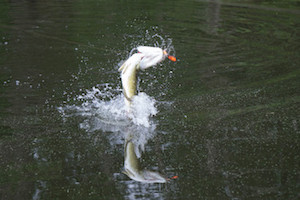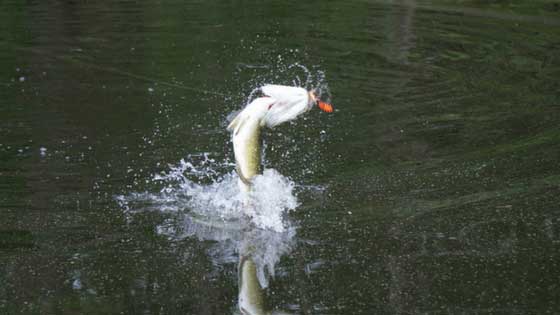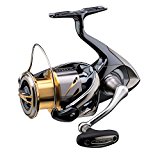Largemouth Bass Spring Facts

Before the spring fish spawn, water temperatures are ideal for some of the best bass fishing of the year.
Bass fishing in the spring is directly influenced by the weather. Bass are slow and not fast to move until the temperature warms up above 56°F/13°C degrees.
9 things you need to know about Largemouth bass
- Their large mouths and external lips contain extremely sensitive taste buds
- Sensitive nostrils can smell traces, in parts per million
- Water temperature makes a difference too and spring water temperatures are generally cooler so the bass tend to look for stiller waters that warm faster
- These fish are nearsighted
- They don’t have eyelids and their iris’ are fixed in place making bright lighting a problem
- Largemouth Bass have poor vision to anything above the surface, though sudden movements can scare away the fish
- They can also detect an angler standing tall in the boat
- Bass are highly sensitive to sound vibrations. Replicate the sounds of injured fish and you increase your chances of catching more bass
- Make sounds uncommon to their habitat and you’ll scare them away
There are a few ways to pursue the largemouth bass as it moves out from deep water to the mouth of bays and rivers.
Lures
Want to know what to use to catch bass? Focus on lures that resemble their top prey. We find the best lures are minnows, golden shinners, gizzardshad, insects like dragon flies, damsel flies and the most popular crayfish.
In the northern climates a 12lb test line is more than sufficient as a 6lb largemouth bass is considered the high end of the fish caught.
In the southern United States go with at least a 16lb test, with 20 being more appropriate. These lunkers can get over 15 lbs.
Fly Fishing
All of the popular flies are based on common foods. For Spring we like the dragonfly, damselfly and leech flies.
- Go with a light line and tackle.
Want to catch more bass? Replicate the sounds of injured fish
If you’re going to use sonic lures you have to experiment with the lure until finding the distress signals resembling those of the common forage.
- An alternative to the sonic lure is to trigger a feeding reaction by clipping a portion of the tail of a bait fish. This will prompt it to elicit distress signals.
Largemouth Bass spawning occurs throughout the spring. Be mindful of the areas closed to fishing. This is especially applicable to smaller lakes. Particularly lakes in northern United States and Canada where the warm growing season is short and the limited breeding population is vulnerable to over-fishing.
Fish caught during the spring should be carefully reeled in. Hold them by the lower lip and partially out of the water while the hooks are gently removed, and then released.
Spring bass fishing has to be the most anticipated season of all. The ice finally melts off the lakes and rivers in the north. It’s exciting just thinking about getting back out in the boat to hook that big Bass that we missed last year.



